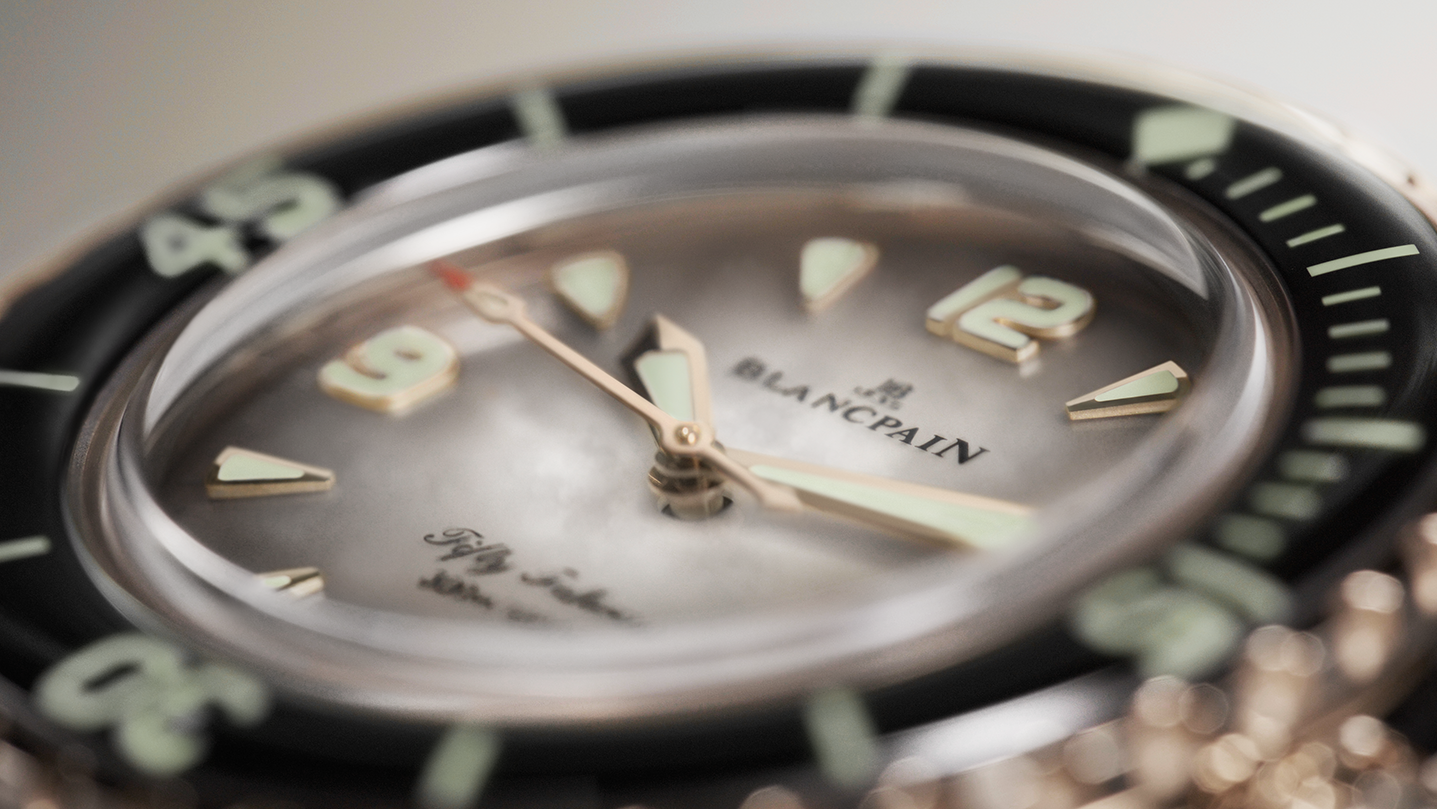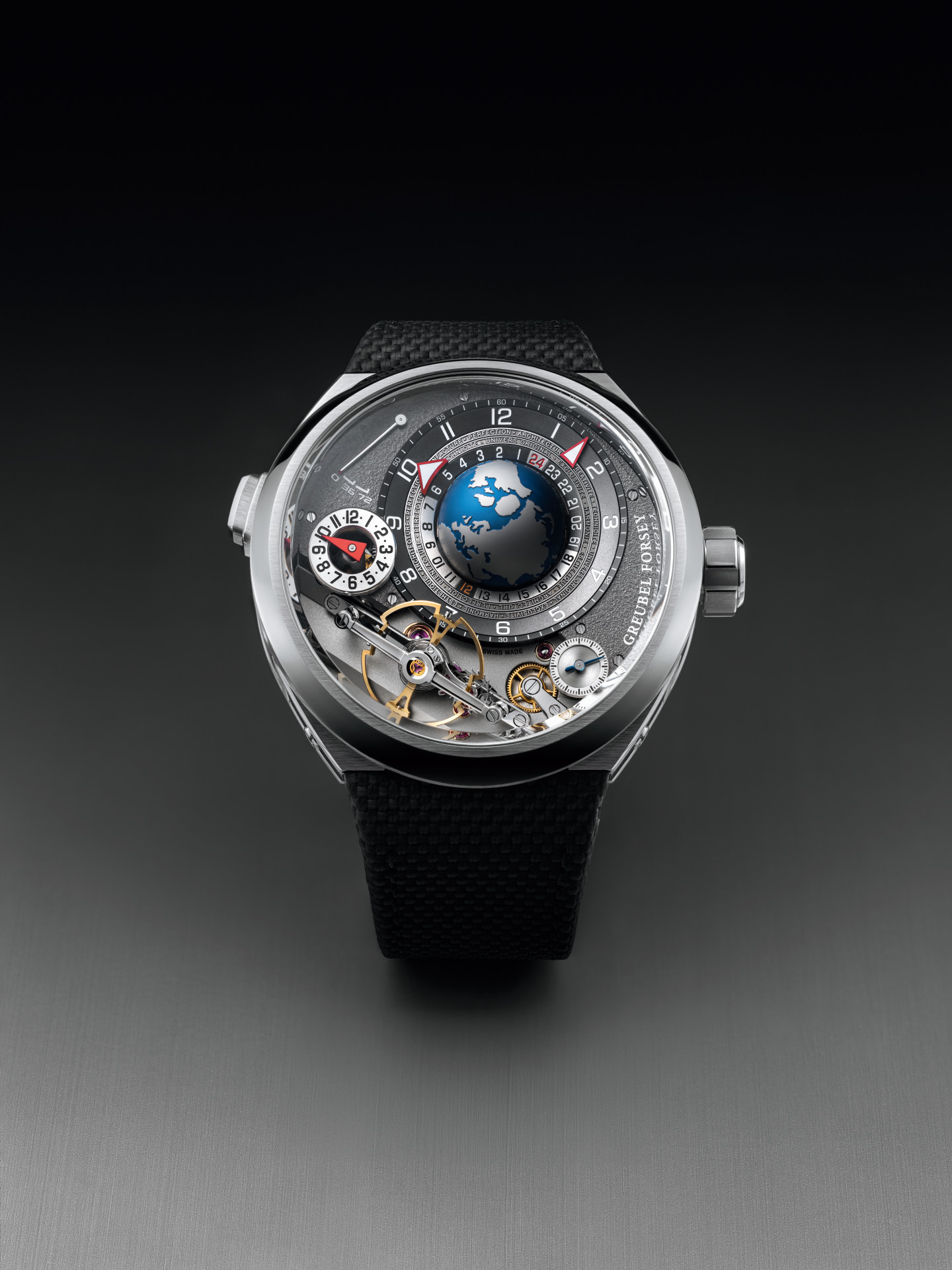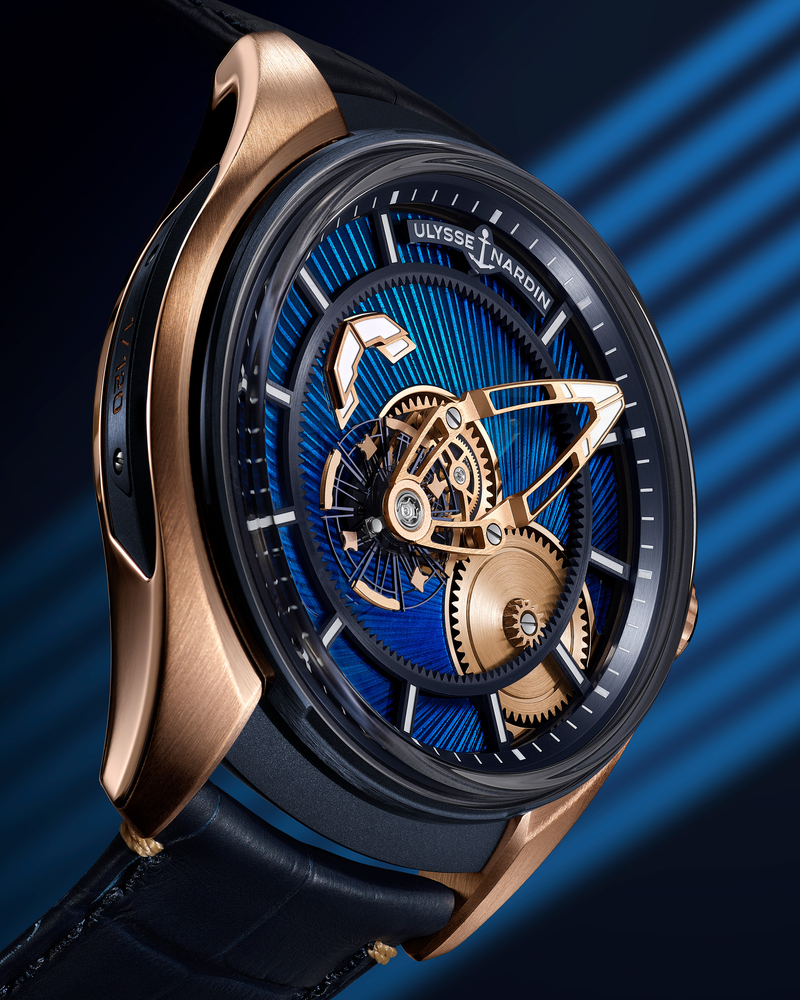Jaeger-LeCoultre presents a series of four new Reverso Tribute Enamel timepieces that celebrate the origins of the Reverso in the sport of polo, capture the power and beauty of the horse, and pay homage to one of the world’s greatest works of literature and art – the Persian epic poem, Shahnameh. In tribute to the history of miniature painting, which originated in Persia, the caseback of each piece features a miniature reproduction of an illustration from the magnificent edition of the Shahnameh dedicated to Shah Tahmasp created in the 16th century. Just as the Reverso was born from polo, these timepieces tell a story within a story – capturing not only the essence of the game that inspired its creation but also paying homage to polo’s ancient Persian origins through the artistry of miniature enamel painting. The new timepieces combine four traditional crafts: miniature enamel painting, paillonnage, grand feu enamel and guillochage, reaffirming the skill and talents gathered together in La Grande Maison’s in-house Métiers Rares™ atelier in the Vallée de Joux.
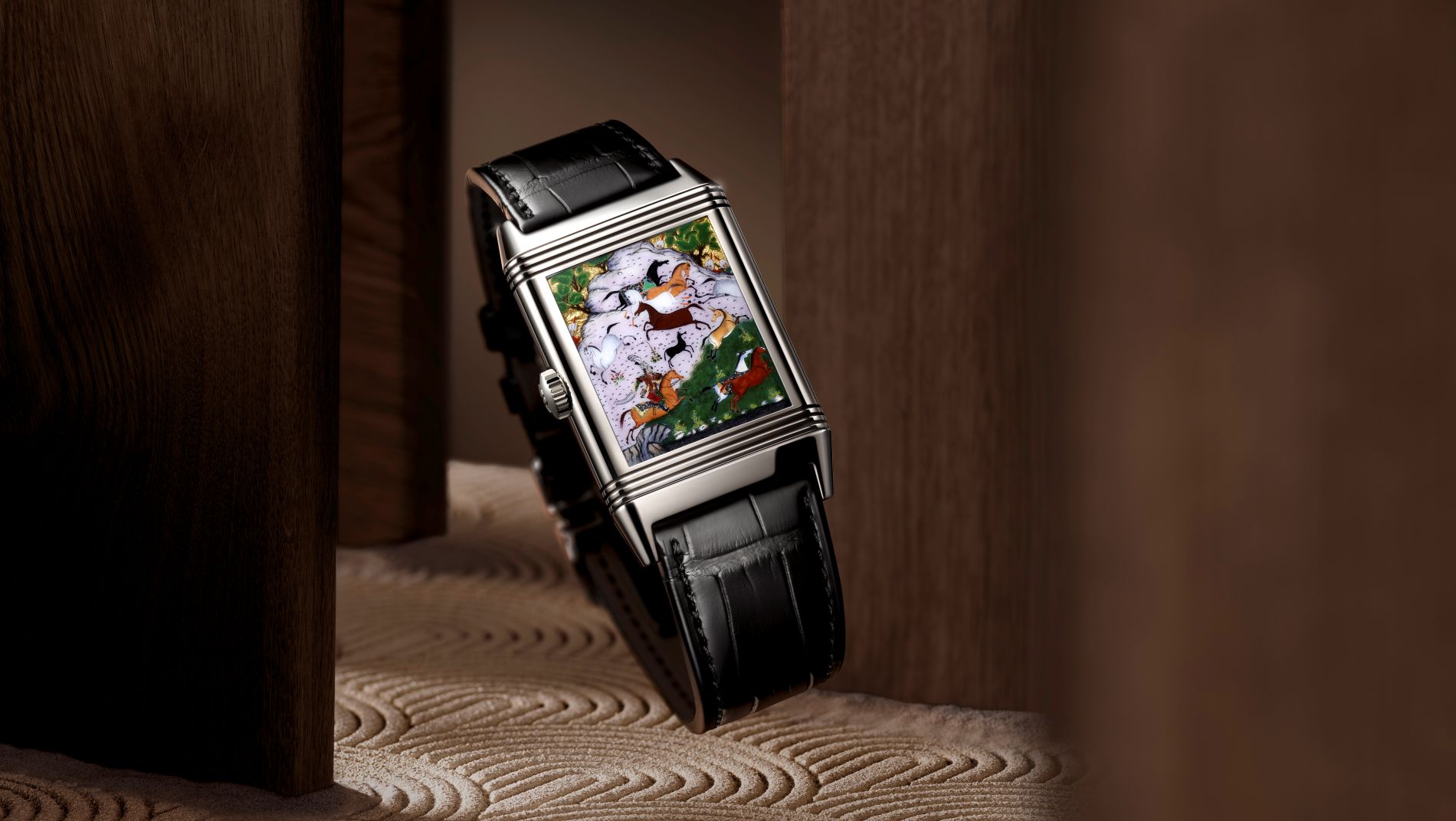
AN HOMAGE TO THE HORSE, THROUGH THE SPORT OF POLO
Created in 1931, the Reverso was designed to meet the demands of the newly fashionable ‘sporting gentleman’. A challenge was set by polo-playing military officers in India during the British Raj of 1858-1947 to create a watch that could withstand the rigours of the polo field. The Reverso was the answer – a masterful integration of form and function. Quickly adopted by tastemakers from all walks of life, the Reverso soon transcended its original sporting purpose as new variations appeared – for both men and women. However, its iconic double-sided case (historical patent CH159982) and distinctive Art Deco lines have remained constant, making the Reverso one of the world’s most recognisable wristwatches.
The origins of polo, however, trace back far beyond the British Raj to ancient Persia, as celebrated in the Shahnameh. Horses, revered as sacred, were integral to Persian culture and central to activities such as battle, hunting, and sport. Polo, a display of harmony between horse and rider, was first recorded in Persia more than 2,000 years ago. As the sport spread to India, the nobility became enthusiastic players and it became a cornerstone of social life. It was in this environment that César de Trey was inspired to create the Reverso, a watch that subtly carries the legacy of this noble and ancient sport.
A LONGSTANDING RELATIONSHIP BETWEEN PERSIAN CULTURE AND ENAMEL MINIATURE PAINTING
The Reverso’s design brought an unexpected benefit beyond its practical function on the polo field. Its blank metal flip provided an ideal canvas for personalisation, initially through lacquer and engraving. Polo-playing soldiers in India, who commissioned Reverso timepieces, often adorned them with their coat of arms or initials during visits to Indian royal courts. Some took this a step further, challenging the Manufacture to reproduce Indian miniatures – an art form deeply rooted in the tradition of oriental miniature painting – on the back of their watches.
Embracing this challenge, Jaeger-LeCoultre refined the ancestral enamelling technique, adapting it to the Reverso’s proportions and giving rise to some of the most intricate and evocative timepieces in its history. Over the decades, enamelling has journeyed alongside the Reverso, continually evolving to celebrate different cultures and themes, ensuring that the art form remains at the heart of La Grande Maison’s creative expression.
Dating back to 1936 and 1949, the Jaeger-LeCoultre museum holds two extraordinary examples of this craftsmanship: the Reverso ‘Indian Beauty’, depicting an Indian princess, and the Reverso ‘Rama’, representing the Hindu god Rama. These masterpieces mark the beginning of a rich artistic legacy that continues today with the Reverso Tribute Enamel ‘Shahnameh’.
Just as the Reverso was born from polo, these latest timepieces bring its story full circle – honouring both the sport’s Persian origins and the enduring artistry of miniature enamel painting, which led the Maison to discover Persian culture and, most notably, the Shahnameh. Also known as the Book of Kings, this Persian epic was written by the poet Ferdowsi over more than 20 years, from 977 to 1010. Comprising 50,000 rhyming couplets, it chronicles the history of Persia’s rulers – from its mythical beginnings to its conquest by the Arabs in 642.
One of the most magnificent editions of the Shahnameh is the copy dedicated to Shah Tahmasp, containing 258 illustrations – each considered a masterpiece of Persian miniature painting. Created by two generations of Persia’s greatest artists, this edition was presented in 1568 to the Ottoman sultan Selim II and held at the Topkapi Palace for several centuries. In the 1970s, its bound manuscript was broken up, and its folios are now dispersed among museums and private collections worldwide.
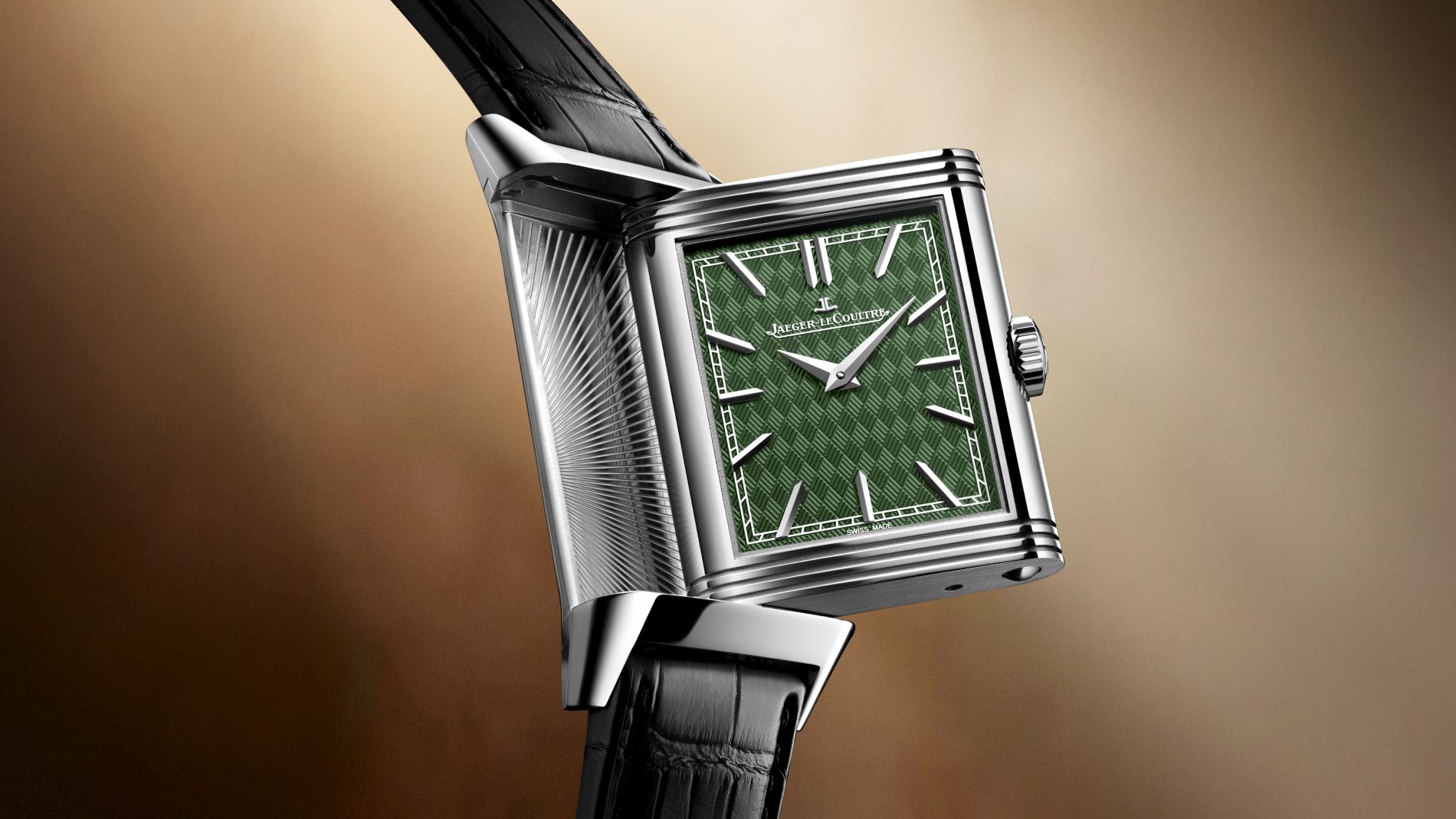
INTRICATE CRAFTSMANSHIP CELEBRATES PERSIAN MINIATURE PAINTING AND THE IN-HOUSE MÉTIERS RARES™ ATELIER
The term Persian miniature painting refers specifically to paintings made on paper using opaque watercolours, ink, silver and various forms of gold. Despite the name, they are not miniature in size but are generally “book sized”, to be bound in with illuminated manuscripts. Miniature painting flourished in Persia from the 13th century onwards, reached its apotheosis in the 16th century – when the Shah Tahmasp Shahmaneh was created – and also made its way to Mughal India. This rich tradition of finely detailed, miniature artworks is the reason why such paintings were commissioned to be enamelled on the back of Reverso watches, offering a unique way to preserve and showcase these masterpieces while embracing the art of miniature painting in a wearable form. Persian miniatures are characterised by a flattened, multi-layered style rendered in bright and pure colours, with great attention to detail in the subjects’ costumes and the background landscapes or architecture.
Expressing the Maison’s vision of art and culture, the Reverso Tribute Enamel ‘Shahnameh’ series reinterprets Persian miniature painting through four exceptional crafts – enamel miniature painting, grand feu enamelling, paillonnage and guillochage – in a magnificent showcase for the talents and skills being nurtured in the Manufacture’s in-house Métiers RaresTM atelier.
The first of many challenges in decorating the caseback was to miniaturise the original works – measuring 48 x 32 cm, drawn with the finest of lines and packed with tiny details – and reproduce them on a surface of 2 cm2. Moreover, the reproductions had to recreate the dreamlike feeling of a mythical world and the drama of the stories, and to replicate dozens of rich colours.
The enamel paintings are further elevated by the craft of paillonnage, where delicate pieces of fine gold leaf (24k, 999/1000) are carefully cut to match the shape and size of the desired motif, a tribute to the traditional technique of using gold leaf in the original Persian miniatures to achieve a rich, lustrous gold hue. The paillons (fragments) are then meticulously placed by hand on the surface to be enamelled. This highly skilled work requires 100 hours of miniature enamel painting and paillonnage for the creation of each caseback.
On the front dial of each watch, grand feu enamel is applied over a hand-guilloché base executed on a 100-year-old hand operated lathe – an evocative artistic response to the miniature paintings on the casebacks. The simplicity of the Reverso Tribute design codes places full value on the beauty of the guilloché pattern and the rich colour of the enamel.
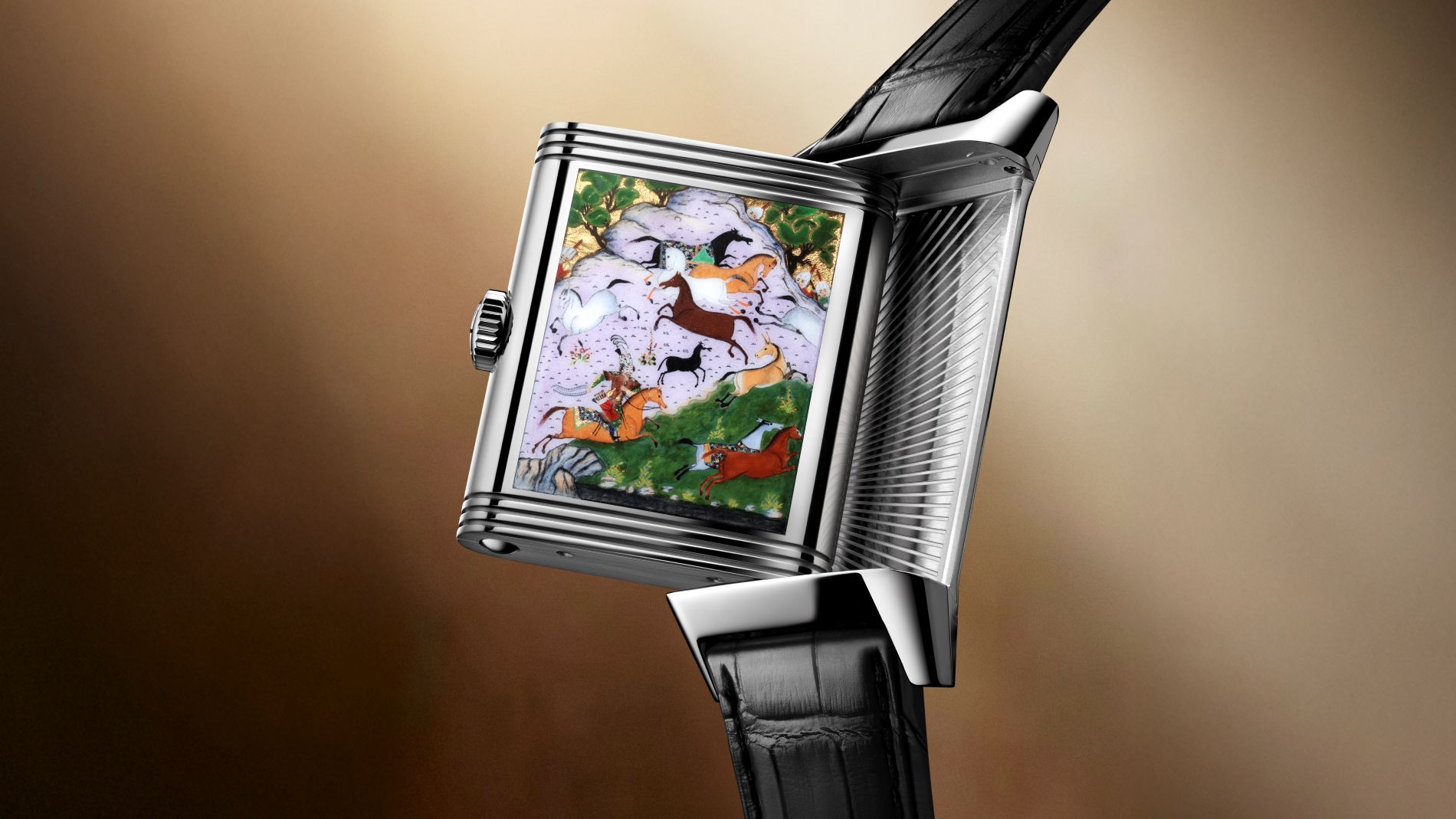
FOUR EXTRAORDINARY IMAGES COMPLEMENTED BY COLOURFUL DIALS
The Shahnameh divides Persian history into three main cycles: myth, legends and history. The four paintings chosen for the Reverso Tribute Enamel series depict stories from the legends cycle and, in each, horses feature strongly – demonstrating their central importance in Persian culture.
SIYAVUSH PLAYS POLO BEFORE AFRASIYAB (METROPOLITAN MUSEUM NEW YORK)
Illustrated Folio No.180, attributed to Qasim ibn ‘Ali, painted circa 1525-30
Unusual in its explicit reference to polo, this painting highlights the significant status of the game at the Safavid court during the time it was created. In the second cycle of the Shahnameh, two legendary Persian provinces were fierce rivals. The Turanian king, Afrasiyab, proposed a game of polo, which Siyavush boldly accepted – and ultimately won. Reflecting the vibrant blue of the sky depicted in the painting, the dial of this model is adorned with vivid blue grand feu enamel applied over a guilloché sunray pattern, featuring 120 lines and crafted through 7 hours of meticulous work in addition to 8 hours for the enamelling.
FARIDUN IN THE GUISE OF A DRAGON TESTS HIS SONS (AGA KHAN MUSEUM, TORONTO)
Illustrated Folio No.42, attributed to Aqa Mirak, painted circa 1525-35
In Ferdowsi’s poem, Persian King Faridun transformed himself into an azhdaha – a mythical dragon – to secretly gauge the characters of his three sons. When confronted with the fire-breathing monster, the first one fled, the second prepared to fight, and the third remained calm, demonstrating the wisdom and bravery needed to rule. The scene depicted in the painting symbolises the virtues of leadership and filial loyalty in Persian culture. The dial of this watch is adorned with an intricate herringbone guilloché pattern, consisting of 120 lines and requiring 7 hours of meticulous craftsmanship. This design lies beneath a layer of translucent grand feu enamel in a light blue hue, harmonising with the colour of the landscape depicted in the painting where the sons confront the dragon.
SAAM COMES TO MOUNT ALBURZ (MUSEUM FÜR ISLAMISCHE KUNST, BERLIN)
Illustrated Folio No.63, attributed to unknown artist and supposedly commissioned by Sultan Muhammad, painted circa 1535
Saam, a revered warrior, abandoned his newborn son Zal – whose white hair was considered a sign of demonic possession – on Mount Alburz. Simurgh, a mythical bird that lived at the mountain’s summit, raised the child with care and wisdom. Years later, filled with regret, Saam ascended Mount Alburz to seek forgiveness and reclaim his son. The scene of Zal’s reunion with Saam reflects the themes of forgiveness, divine intervention, and the bond between father and son. Echoing the various shades of green in the painting, the watch dial is adorned with a wavy guilloché pattern, comprising 32 precise lines. This intricate design lies beneath a translucent green grand feu enamel, crafted with 7 hours of meticulous workmanship.
RUSTAM PURSUES AKVAN, THE ONAGER-DIV (AGA KHAN MUSEUM)
Illustrated Folio 294, attributed to Muzaffar ‘Ali’, painted circa 1530-35
Perhaps the most celebrated champion of Persian folklore, Rustam was called upon by a Shah to slay an onager (wild ass) that was threatening his horses. Rustam, the son of Zal and great-grandson of Saam, continues the lineage of heroic figures in Persian mythology, linking his feats to those of his forebears. In this painting, Rustam prepares to lasso the wild ass. As the lasso touches its neck, the onager vanishes, revealing its true identity to be Akvan, a Div (demon). Complementing the vibrant hues of the vegetation in the painting, the dial of this model is decorated with rich green grand feu enamel applied over an intricate guilloché lozenge pattern, featuring 980 lines and requiring 7 hours of meticulous craftsmanship.
The Reverso Tribute Enamel ‘Shahnameh’ is a noble tribute to a majestic work of art and literature, as well as to the origin-story of the Reverso. A superb marriage of fine watchmaking with the decorative crafts of guillochage, grand feu enamelling, paillonnage and miniature enamel painting, this series of four exceptional watches is offered in a limited edition of 10 pieces each.


